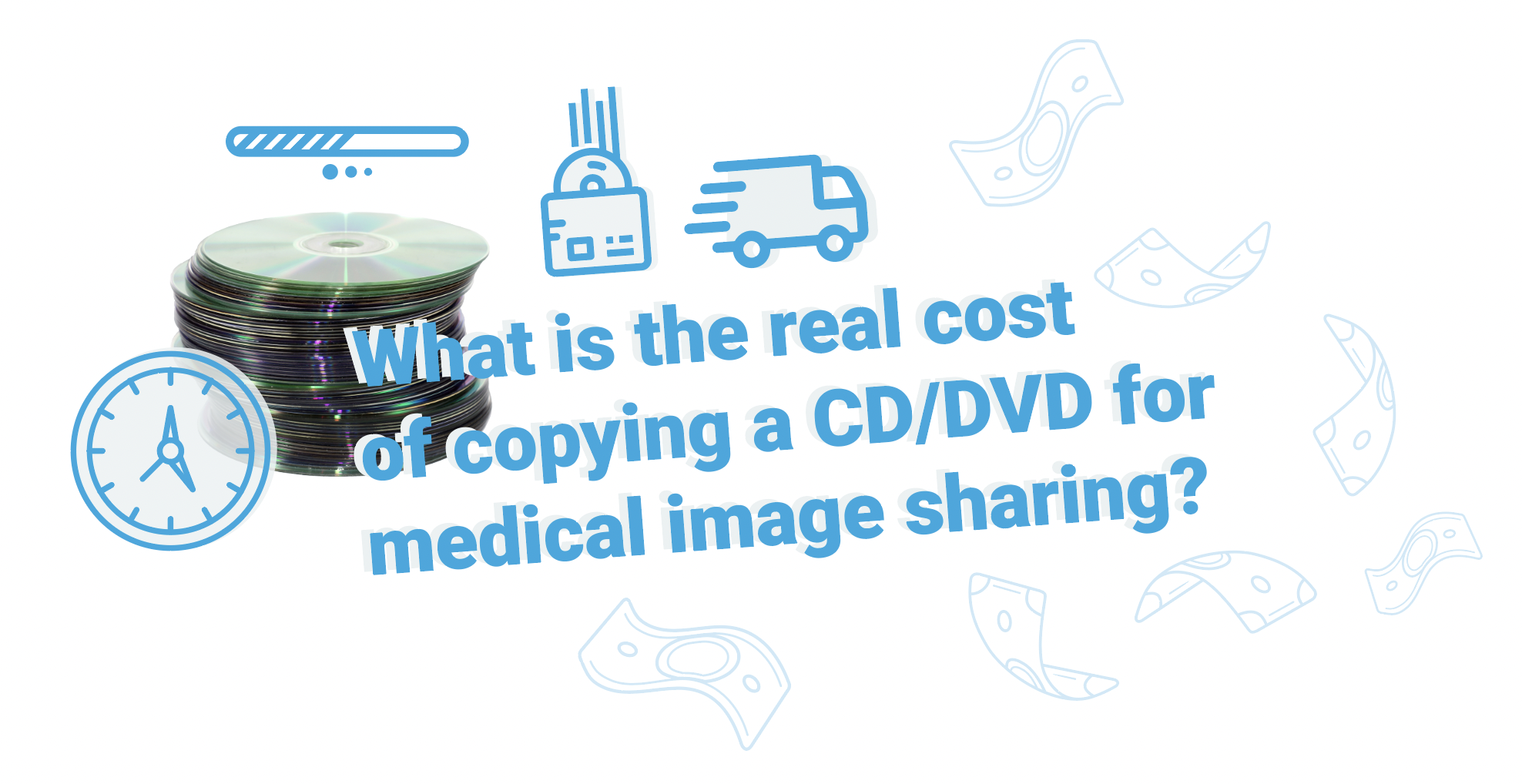How Medical Imaging Can Play a Role in Gaining Expert Certification for Personal Injury and Medical Malpractice Cases
When instituting a claim in medical malpractice and personal injury cases, many jurisdictions first require securing an expert’s certification. This legal document goes by a variety of names, sometimes referred to as a certificate of merit or an expert witness certificate. Its purpose is to verify the legitimacy of the medical basis for the legal claim. Courts use these to screen out frivolous lawsuits, avoiding unnecessary waste of the courts' resources.






